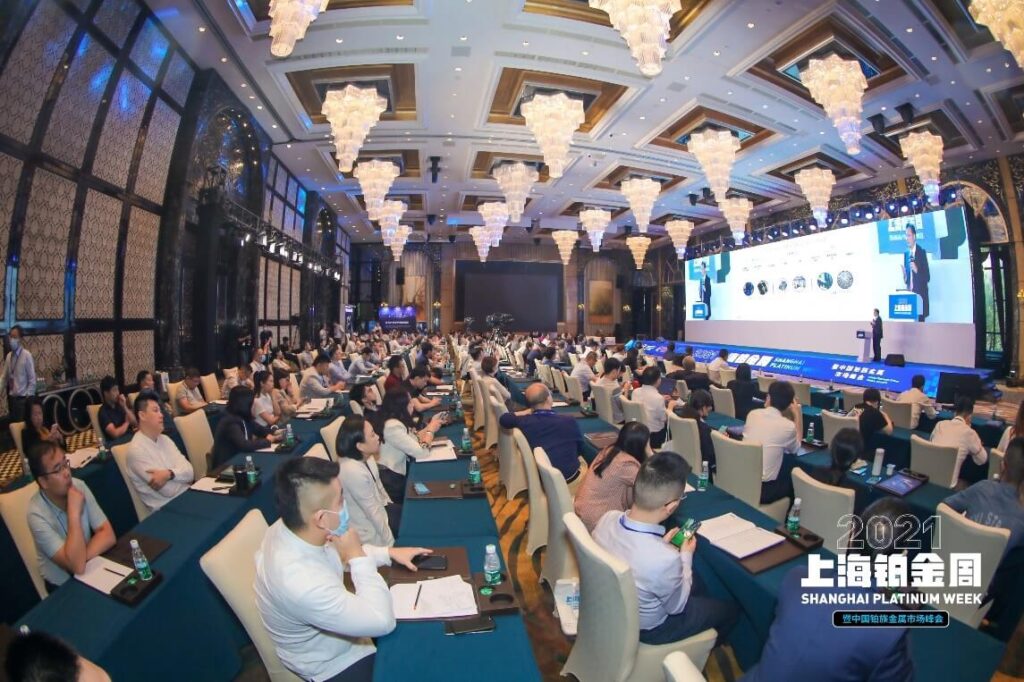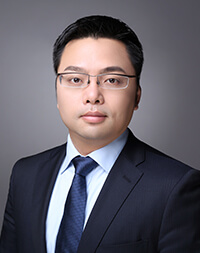Navigate
Article List
- Editorial
By KL Yap, SBMA
- Metalor Technologies Singapore Pte Ltd – Innovation in Southeast Asia’s Precious Metals Market
By Daryl Low, Founder, CEO, Hydra X
- Singapore-Based Gold Producer Boroo Sets Sights on Growth
By Dulguun Erdenebaatar, Director, CEO, Boroo Pte. Ltd.
- How Long Can The War Support Precious Metals?
By Nikos Kavalis, Managing Director, Metals Focus
- Shanghai Platinum Week: Strengthening China’s Links with the Global PGM Market
By Weibin Deng, Head of Asia Pacific, World Platinum Investment Council
- SBMA News
By Albert Cheng, CEO, SBMA
Article List
- Editorial
By KL Yap, SBMA
- Metalor Technologies Singapore Pte Ltd – Innovation in Southeast Asia’s Precious Metals Market
By Daryl Low, Founder, CEO, Hydra X
- Singapore-Based Gold Producer Boroo Sets Sights on Growth
By Dulguun Erdenebaatar, Director, CEO, Boroo Pte. Ltd.
- How Long Can The War Support Precious Metals?
By Nikos Kavalis, Managing Director, Metals Focus
- Shanghai Platinum Week: Strengthening China’s Links with the Global PGM Market
By Weibin Deng, Head of Asia Pacific, World Platinum Investment Council
- SBMA News
By Albert Cheng, CEO, SBMA
Shanghai Platinum Week: Strengthening China’s Links with the Global PGM Market
By Weibin Deng, Head of Asia Pacific, World Platinum Investment Council


WEIBIN DENG is the head for Asia Pacific at World Platinum Investment Council (WPIC). He joined WPIC in 2017 and set up the WPIC China office in Shanghai. WPIC has grown to be a leading organisation in China for platinum market research and investment development over the past few years. It has partnered with various domestic institutions in developing China’s platinum investment market. Deng previously worked in New York and Singapore for more than 10 years, serving global banks in the commodities market.
China’s affinity for platinum is indisputable – the country is the world’s largest consumer of platinum and the largest market for platinum jewellery. Imports of platinum into China reached 3.5 million ounces in 2021 – over 1.2 million ounces larger than identified platinum demand in the country.
Platinum is valued for both its precious metal and industrial metal status. Its physical and catalytic properties mean that it is widely used in a range of industrial applications that are central to the global economy. It is perhaps best known for its use in auto catalysts in diesel vehicles – the number one global source of demand for platinum. Platinum is also used as a catalyst in the petrochemical sector and in the production of nitric acid, a key feedstock of fertiliser.
Increasingly, the role platinum catalysts can play in enabling the hydrogen economy is being recognised, especially as “green” hydrogen initiatives are gaining momentum. Platinum-based proton exchange membrane (PEM) technology is used in both hydrogen fuel cells to power fuel cell electric vehicles (FCEVs) and PEM electrolysers which, when powered by renewable electricity, produce carbon-free green hydrogen. Growth in hydrogen applications could lift annual platinum demand by over 3 million ounces by 2035, a major increase from annual demand levels of around 8 million ounces today.
Platinum is recognised as a metal of strategic importance by the government in China for its use in proton exchange membrane (PEM) technologies. Along with lithium, nickel and cobalt, platinum is specifically mentioned in the China State Council’s New Energy Vehicle Industrial Development Plan (2021–2035), which encourages Chinese companies to improve their capacity to secure long-term supplies of these rare and in-demand elements.
Plans set out by the government in China, including the New Energy Vehicle (NEV) Industry Development Plan (2021–2035) and Energy Saving and NEV Technology Roadmap 2.0, are aimed at stimulating the country’s overall market for zero-emissions electric vehicles, including both battery electric vehicles (BEVs) and fuel cell electric vehicles (FCEVs). By 2035, the market share of NEVs in China is expected to exceed 50 percent. Growth in FCEVs is expected to be led by the heavy-duty vehicle segment, including trucks and buses.
At the local level, more than 20 regions in China have so far issued phased plans for the promotion of FCEV deployment. Shanghai, for example, has recently proposed a 2023 target of 100 hydrogen refuelling stations, 100 billion yuan of industry output, 10,000 FCEVs deployed. In Nanjing, the Lishui Economic Development Zone has an objective of deploying a 300-vehicle hydrogen fuel cell bus fleet.
The recent Beijing Winter Olympics showcased China’s commitment to FCEVs. Over 850 PEM hydrogen fuel cell buses were used across the event to transport participants around the main competition site, Zhangjiakou, and the alpine competition zone at Yanqing.
Inaugural Shanghai Platinum Week, 2021
In June 2021, the World Platinum Investment Council (WPIC), which was formed by the leading platinum producers in 2014 to develop the market for platinum investment demand, initiated and jointly hosted the inaugural Shanghai Platinum Week, together with China Gold Association and China Precious Metals Industrial Committee. Shanghai Platinum Week 2021 consisted of several satellite events with a two-day central summit focused on the platinum group metals (PGMs) market in China. It received strong support from leading companies in the PGMs value chain, including WPIC members as well as BASF, Johnson Matthey, Chinese PGM fabricators and major banks and traders. In recognition of South Africa’s regional importance to the PGM market – 72% of the world’s annual platinum production comes from there – the South African ambassador to Beijing delivered opening remarks to the summit alongside the South African government’s Minister of Mineral Resources and Energy.
Overall, the event was extremely well supported, with nearly 800 in-person attendees and more than 40,000 attendees online.

Shanghai Platinum Week 2022
Inspired by the success of last year’s event and encouraged by positive feedback from attendees, WPIC and its partners are delighted to be reprising Shanghai Platinum Week in 2022. Indeed, it is hoped that it will become a regular fixture in the PGMs industry’s calendar as a means of further enhancing the links between China and the important PGM markets.
Shanghai Platinum Week 2022 is due to take place in the last week of June, again as a dual in-person and virtual event, with in-person attendance available to residents of China. The event already has the support of key players including LPPM, Anglo American, BASF, Johnson Matthey and PGI. Details of how to register to attend will be released in due course at www.shanghaiplatinumweek.com, which is currently under development.
WPIC is proud to be playing a leading role in Shanghai Platinum Week, bringing together participants in the platinum and PGMs market to broaden co-operation and understanding as well as supporting market development here in China, and beyond.

WEIBIN DENG is the head for Asia Pacific at World Platinum Investment Council (WPIC). He joined WPIC in 2017 and set up the WPIC China office in Shanghai. WPIC has grown to be a leading organisation in China for platinum market research and investment development over the past few years. It has partnered with various domestic institutions in developing China’s platinum investment market. Deng previously worked in New York and Singapore for more than 10 years, serving global banks in the commodities market.























